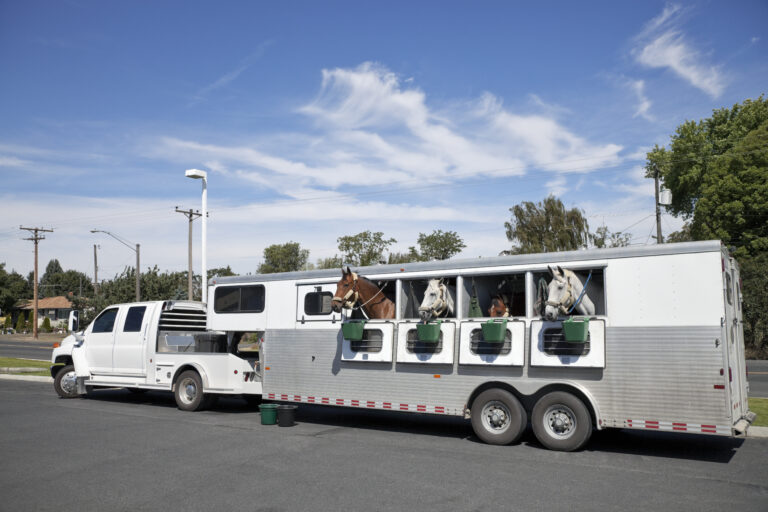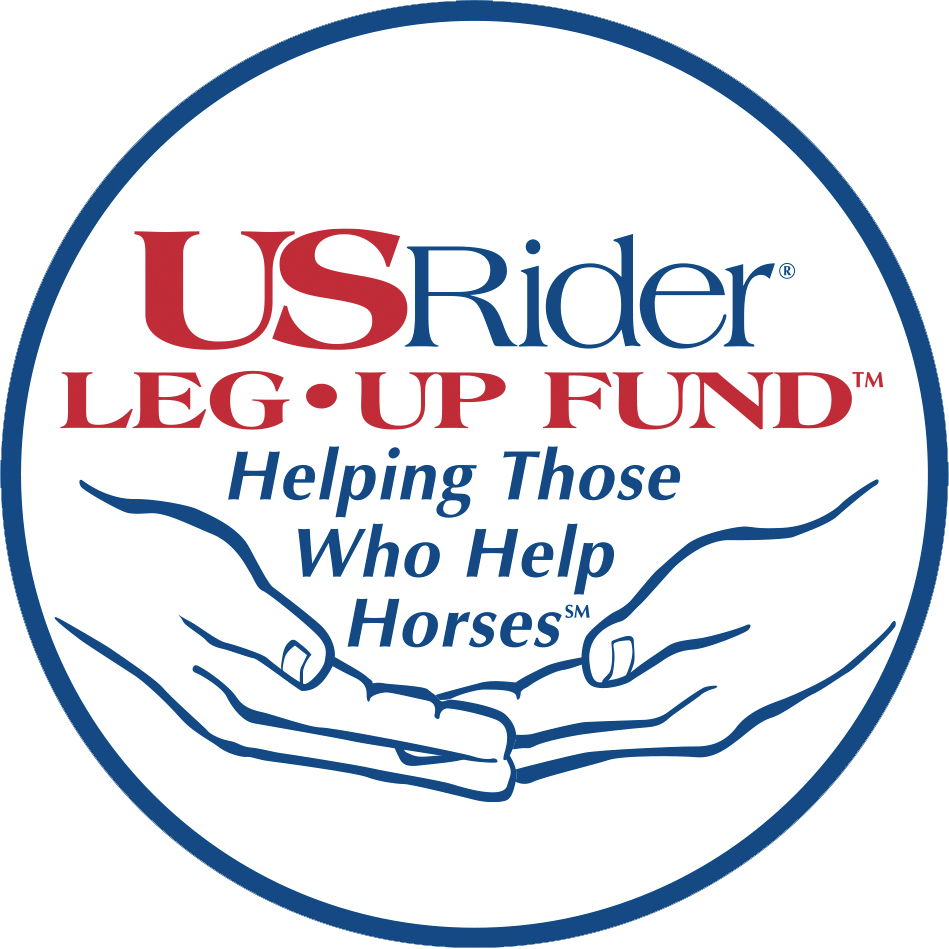Are you savvy about trailer safety? Check these do’s and don’ts for key reminders, then follow them for peace of mind whenever your horse is in or around your trailer.
DO make a thorough check of your entire hauling rig before each trip, examining the hitch, tires (wear and pressure), lights, brakes, and especially the floor of the trailer. Check the inside for insect nests or other hazards.
DO assure your trailer’s floor is properly matted and provides secure footing. Bedding the floor with shavings will add traction (plus soak up urine and manure, especially on long trips). Favor larger-chip shavings from soft woods such as fir or pine, and wet the bedding before hauling; both strategies will help keep flying particles (which can irritate lungs) to a minimum.
DON’T leave escape doors, manger-access doors, or grates/screens over drop-down doors or windows open any time your horse is in the trailer. If panicked and suddenly claustrophobic, he might attempt to squeeze through even an obviously too-small opening, with potentially catastrophic consequences.
DO consider leg protection for your horse during hauling, depending on the length of the trip and the temperature. (Use wraps only if you know how to apply them properly; otherwise go with commercial shipping boots.)
DON’T leave the ramp down while your horse is tied to the back of the trailer; the ramp’s edge is a serious safety hazard to your horse’s legs.
DO close your trailer’s doors before tying your horse in the trailer. Always untie him before opening the doors to unload. This ensures he can’t attempt to exit the trailer while tied—a surefire panic-inducer.
DON’T tie your horse to a trailer that’s not attached to a hauling vehicle. Under the right circumstances, even an average-size horse can move a 3,000-pound trailer by pulling back.
DON’T leave your horse tied to the trailer with his tack on. Any loose/dangling item (such as bridle reins, breastcollar, stirrups) could get caught on trailer hooks or edges, panicking him.
DON’T try to pull more total weight (trailer plus contents) than your hauling vehicle can manage (see box).
DO keep your hauling rig properly maintained, by professionals as need be (see Web-site reference below).











